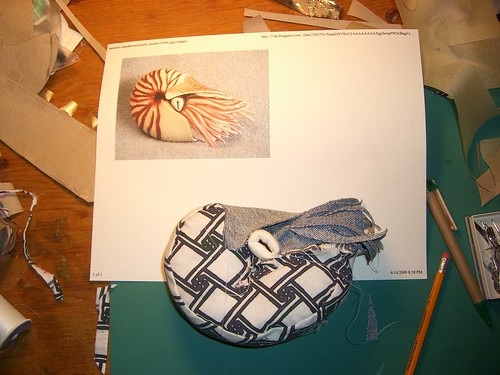
This project was actually completed a few years ago, as the final project in my Experimental Drawing class. I combined techniques from our puzzle project and our juxaposition project, primarily because I wanted to see how easy it would be to make a tessellating pattern that could also interlock in 3D. (The image above is actually of some of the test pieces, not the final set, but you get the idea.)
I was also interested in exploring what would happen when I scrambled an image (traced onto the acrylic pieces), overlaid some bits of it with other bits, and then linked sets of pieces together to form partial cubes. Since all the pieces are the same shape, the partial cubes can be stacked, made into rows, etc., so you get some depth to the recombined image.
It wasn’t as successful as I had hoped (not that I really had any clear idea what it would be like), and I’ve often wished I still had access to a laser cutter, so that I could do more experimenting. I think it would be much more interesting if I had used much thicker lines on the acrylic, and chosen a pattern that would align better, so that the lines from the original image could link up with other lines that came from a different part of the image, creating an interesting new, fragmented/reassembled picture. It would certainly be easier with a pattern, rather than a picture.
If the pieces were larger – 12 inches on a side, or 2 feet – I could see them being used for shelving or end tables, although I’d want to make them from wood (probably), and work out a good way to keep the pieces together, because they slide apart /really/ easily, and that’s a Bad Thing for furniture. (I could just cut the slots slightly smaller, but then they might bind, especially if they were wood.)


